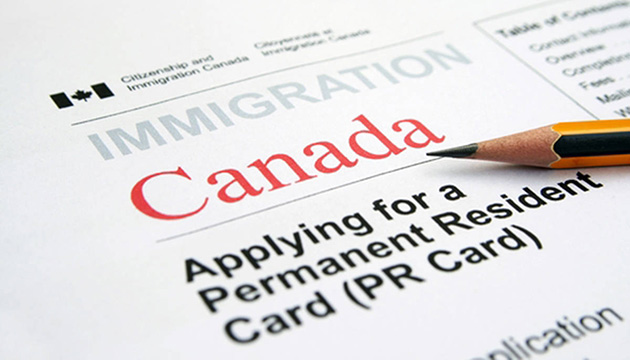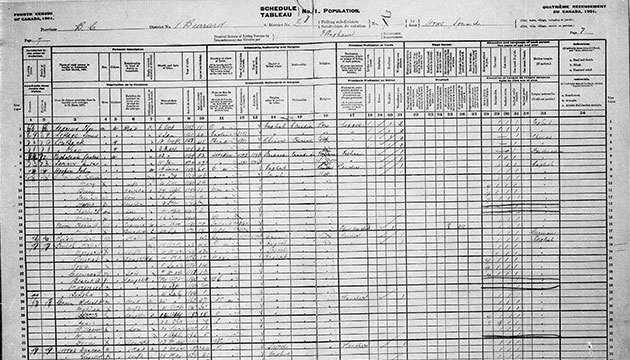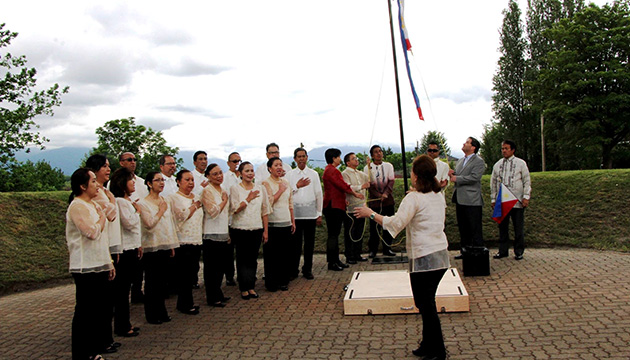Canada expects to receive 330,800 new permanent residents in 2019. According to the 2018 annual report to Parliament by Immigration, Refugees and Citizenship Canada (IRCC), the number of new arrivals is projected to increase to 341,000 in 2020, and 350,000 in 2021.
At the end of the three-year plan in 2021, Canada would have welcomed more than a million new immigrants.
This figure is equal to nearly three percent of the country’s population of 35 million, based on the 2016 Census.
“Under this plan, Canada will welcome more talented workers with the skills and expertise our economy needs, reunite more family members and accommodate more refugees looking to start new lives,” the IRCC stated in its report.
IRCC also issued a notice containing supplementary information regarding the immigration plan.
“The 2019-2021 plan renews the three-year time frame and is designed to contribute to an immigration system that strengthens the Canadian middle class through economic growth, supports diversity and helps build vibrant, dynamic and inclusive communities while maintaining border integrity to preserve the safety and security of Canadians,” according to IRCC’s notice.
The 2019 target of 330,800 is broken into four main categories.
The first category refers to different types of “economic” immigrants like federal skilled workers and entrepreneurs. A total of 191,600 people from this class are expected to come.
The second category is “family”, which covers spouses, partners, children, parents, and grandparents. The 2019 target is 88,500.
The third category is “refugees and protected persons”, numbering 46,450.
The fourth and last category is “humanitarian and other” at 4,250.













